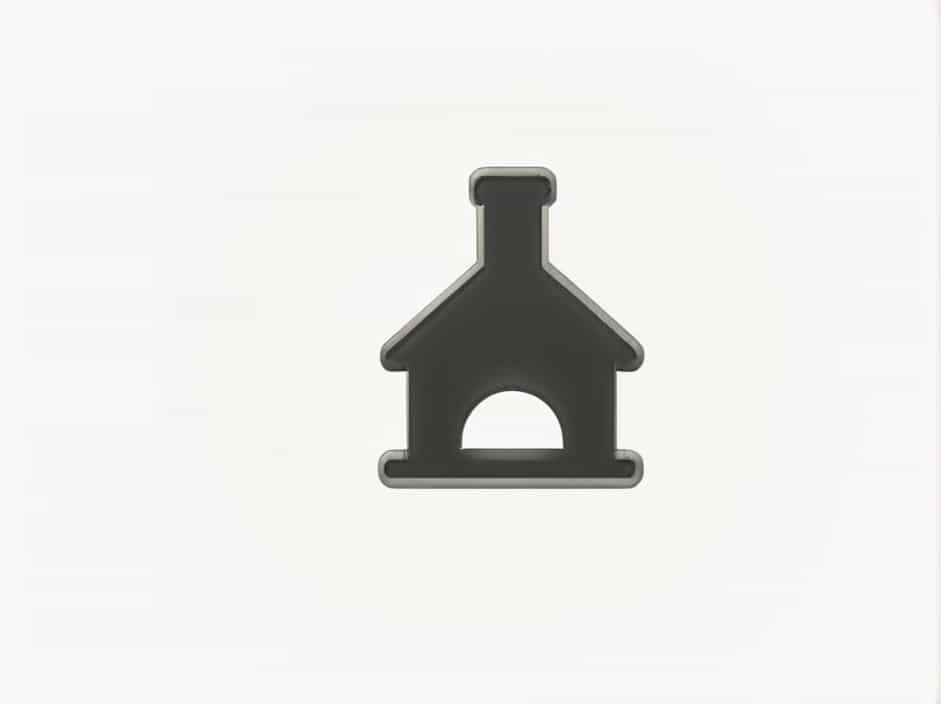If you’re looking for a high-heat, restaurant-quality sear on your steak, using a charcoal chimney is one of the best methods. This technique delivers intense, direct heat that creates a perfect crust while keeping the inside juicy.
In this guide, we’ll explain why a charcoal chimney is effective, how to use it safely, and step-by-step instructions to achieve a perfect steak sear.
Why Use a Charcoal Chimney to Sear Steak?
A charcoal chimney is typically used to light charcoal quickly for grilling. However, it can also act as a high-temperature searing station due to its concentrated heat.
Benefits of Using a Charcoal Chimney for Searing
- Extreme Heat (800°F+) – Perfect for creating a deep, crispy crust.
- Faster Searing – Reduces cooking time and helps retain juices.
- No Special Equipment Needed – Uses common grilling tools.
- Great for Reverse Searing – Ideal for steaks that have been cooked low and slow first.
What You’ll Need
Before you start, gather the following materials:
Ingredients:
- Steak (Ribeye, New York Strip, or Filet Mignon work best)
- Kosher salt and black pepper
- High-smoke-point oil (e.g., avocado oil or beef tallow)
Equipment:
- Charcoal chimney
- Charcoal (lump or briquettes)
- Grill grate or wire rack
- Heat-resistant gloves
- Long-handled tongs
- Instant-read meat thermometer
How to Sear a Steak Using a Charcoal Chimney
Step 1: Prepare the Charcoal Chimney
- Fill the charcoal chimney ¾ full with lump charcoal or briquettes.
- Place a few crumpled paper towels or fire starters underneath.
- Light the chimney and let the charcoal burn for 15-20 minutes until it’s red-hot.
Step 2: Prepare Your Steak
- Season generously with salt and black pepper at least 30 minutes before cooking to enhance flavor.
- Pat the steak dry with a paper towel to remove excess moisture.
- Lightly coat the steak with a thin layer of oil for better crust formation.
Step 3: Set Up for Searing
- Place a grill grate or wire rack over the chimney opening.
- Put on heat-resistant gloves to handle hot equipment.
- Make sure you have your tongs and thermometer ready before placing the steak on the heat.
Step 4: Sear the Steak
- Place the steak directly over the chimney on the grill grate.
- Sear for 45-60 seconds per side, flipping only once.
- If a deeper crust is needed, flip the steak every 30 seconds until desired browning is achieved.
Step 5: Check Internal Temperature
Use an instant-read thermometer to check doneness:
| Steak Doneness | Internal Temperature |
|---|---|
| Rare | 120-125°F (49-52°C) |
| Medium-Rare | 130-135°F (54-57°C) |
| Medium | 140-145°F (60-63°C) |
| Medium-Well | 150-155°F (65-68°C) |
| Well-Done | 160°F+ (71°C+) |
Step 6: Rest and Serve
- Transfer the steak to a cutting board and let it rest for 5-10 minutes to allow juices to redistribute.
- Slice against the grain and serve immediately with your favorite sides.
Tips for Perfect Steak Searing with a Charcoal Chimney
1. Use the Reverse Sear Method
- Cook the steak low and slow to about 110-115°F (43-46°C) before searing over the chimney.
- This prevents overcooking while achieving a deep crust.
2. Choose the Right Steak Thickness
- 1.5 to 2 inches thick is ideal for high-heat searing.
- Thinner steaks may overcook too quickly.
3. Keep a Safe Distance from Flames
- The chimney produces extreme heat—wear gloves and use long tongs.
4. Experiment with Butter Basting
- Add a knob of butter and herbs after searing for extra flavor.
Common Mistakes to Avoid
1. Not Letting the Chimney Get Hot Enough
- Wait until charcoal is glowing red before searing.
2. Using Too Much Oil
- Excess oil can cause flare-ups, leading to burnt flavors.
3. Flipping Too Often
- Let the steak sear undisturbed for at least 45 seconds per side.
Searing a steak using a charcoal chimney is a simple yet highly effective technique for achieving a steakhouse-quality crust. With extreme heat, a quick sear, and proper resting, you’ll get a perfectly cooked steak every time.
Try this method next time you grill—it might just become your new favorite way to sear steak!
